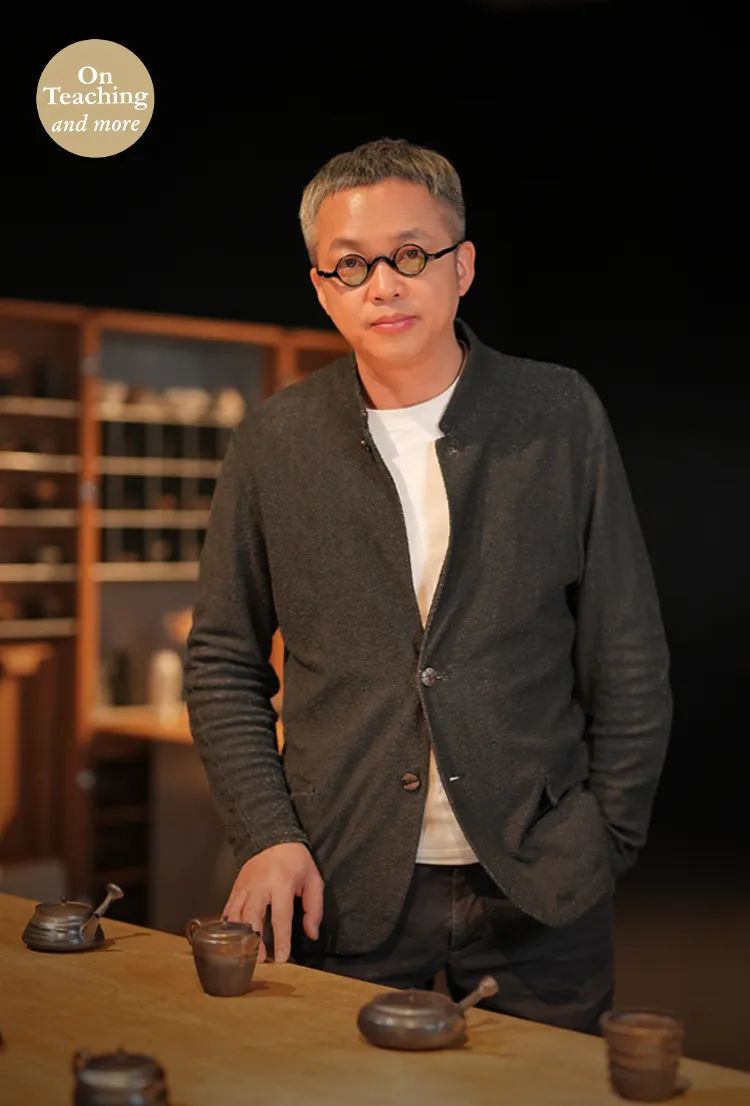
Wu Haoyu joined the Department of Ceramic Design at the Academy of Arts & Design, Tsinghua University in 2019. With his unique creative philosophy and distinct artistic style, he has carved a niche for himself in the realm of ceramic art and design. His ceramic series "Encounter" emphasizes abandoning fixed thought patterns during the creative process, refraining from setting themes or contents, and capturing pure forms from the subconscious through rapid, free-flowing lines, embodying an unconscious creative concept. His " New Stones" series continues the creative ethos of "Encounter" while breaking through traditional ceramic techniques, merging natural stones with artificial forms to create a unique ceramic language that blends Eastern cultural depth with contemporary artistic qualities. By exploring natural forms and artistic reinterpretation, he presents profound reflections on Eastern culture and innovative fusions with contemporary art.
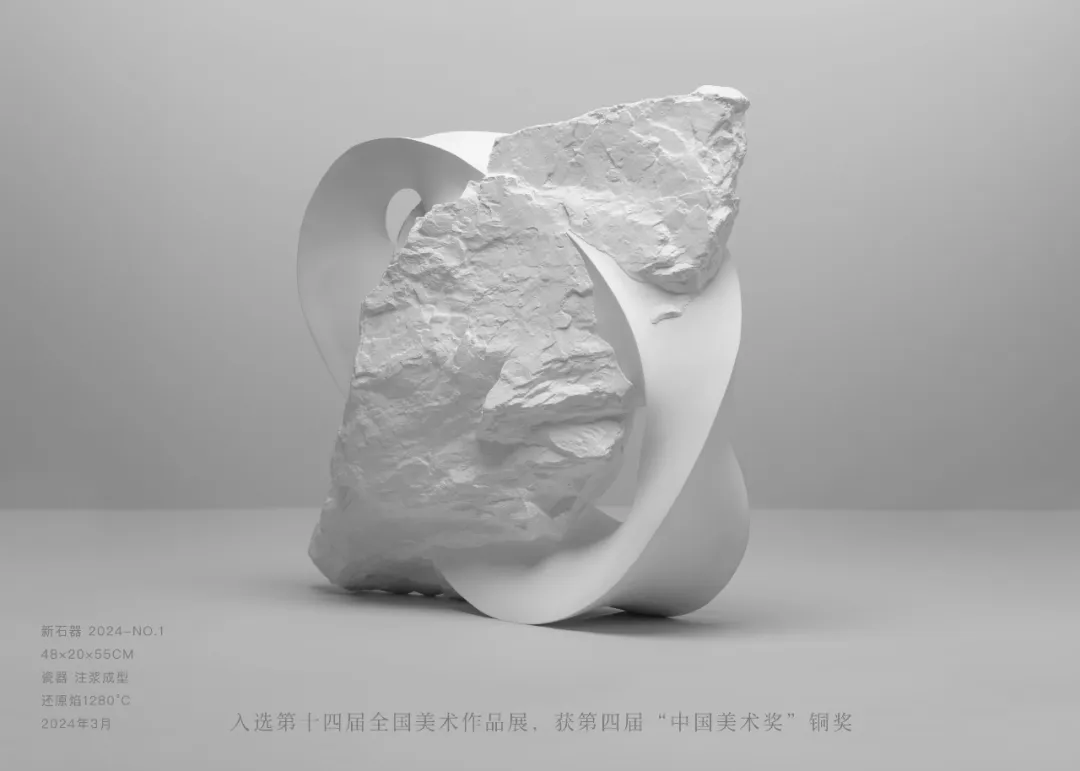
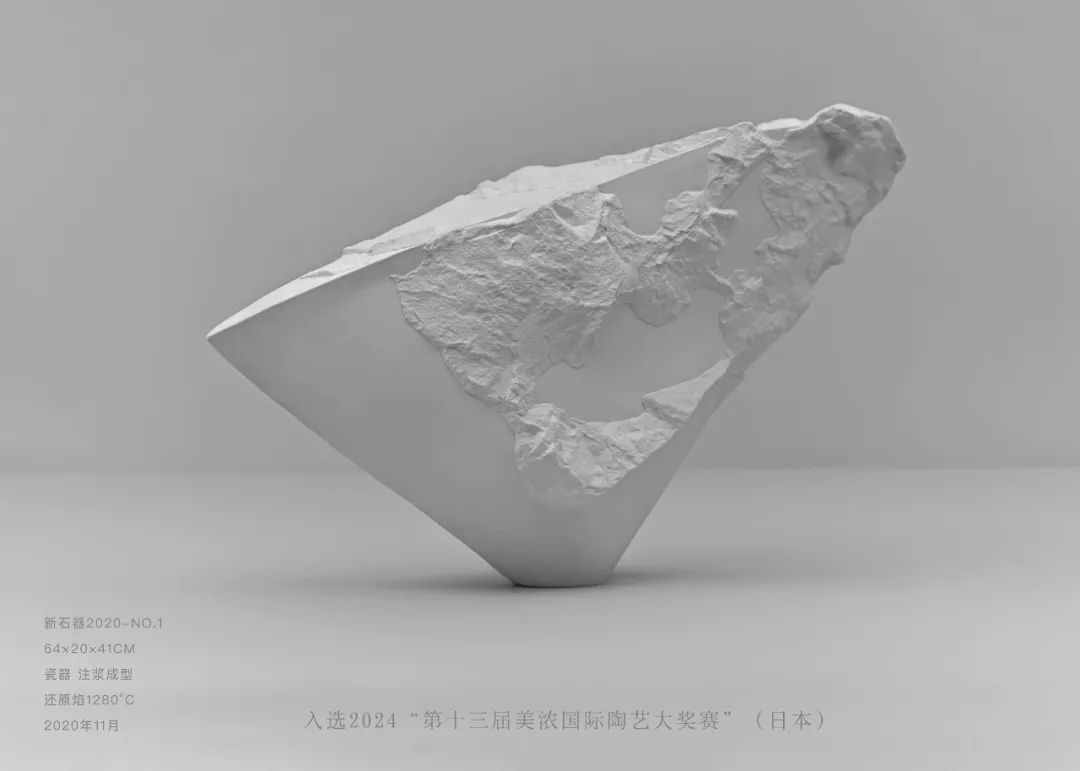
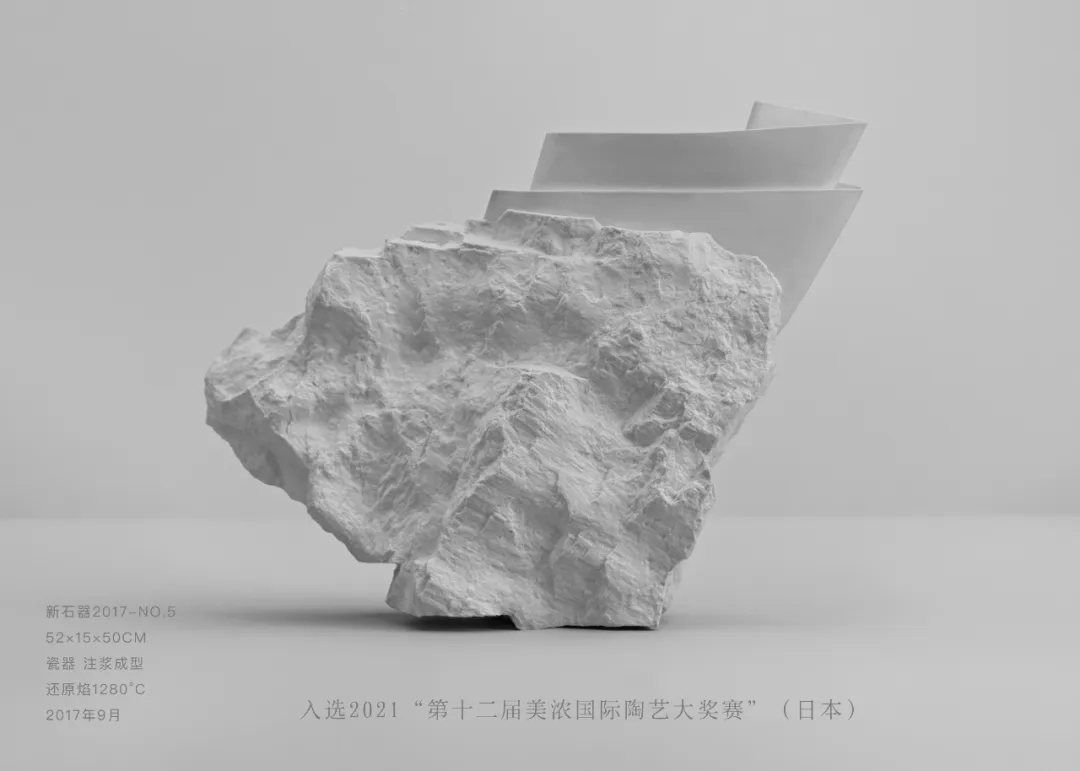
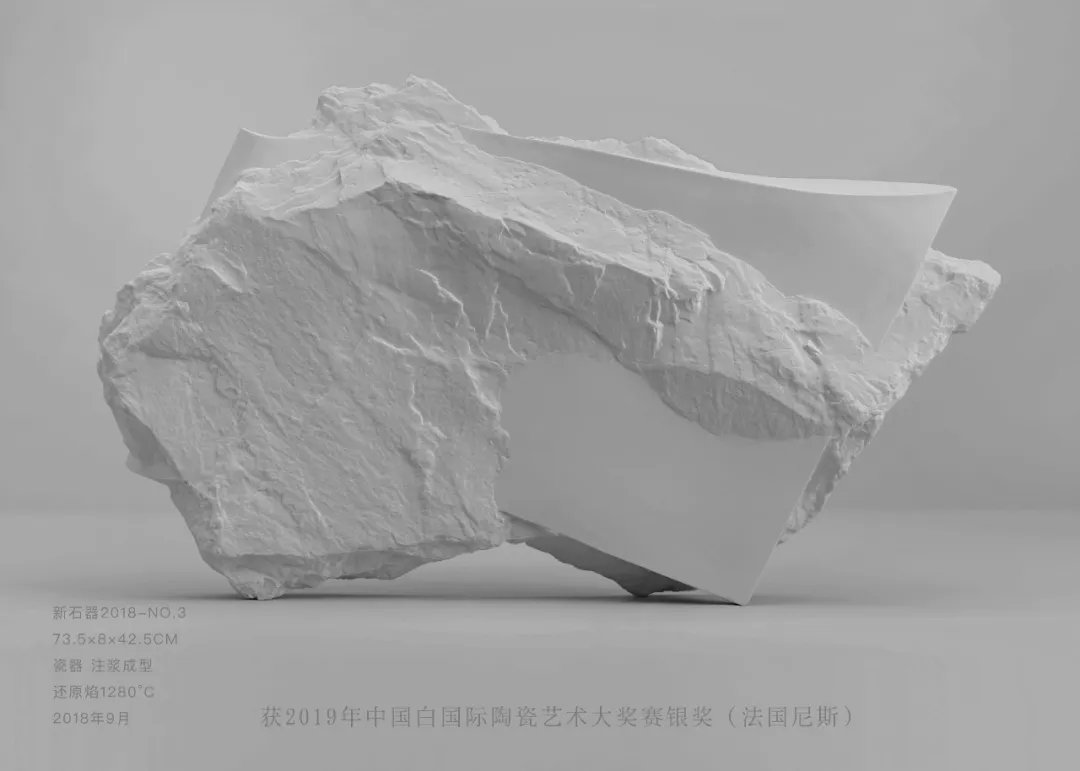
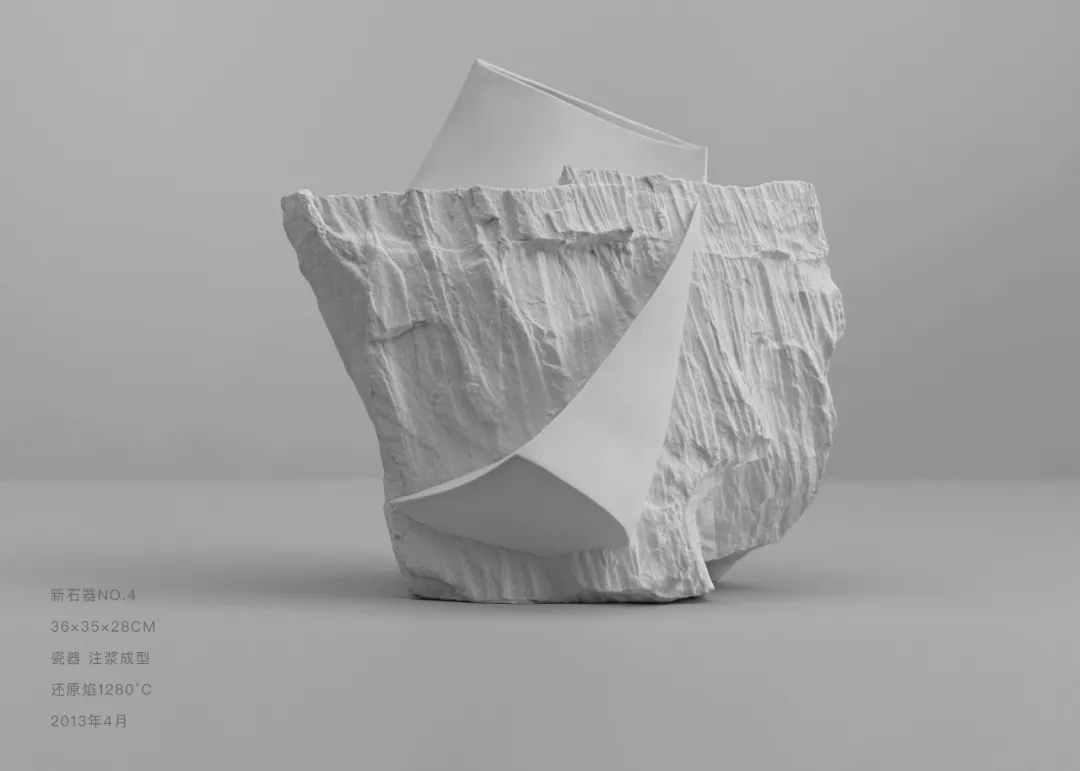
In recent years, Wu Haoyu's artistic endeavors have expanded into the realm of art-related products, encompassing art furniture, lighting, sanitary ware, and more. These works showcase the diversity and potential of ceramics as a design material, extending ceramic art's application beyond traditional object forms into broader lifestyle art domains. In these extended artworks, he integrates the unique textures of ceramic materials with modern design, offering audiences a novel artistic expression. His art furniture piece " New Stones-Flight" won the Gold Award for 2022 Art Display China·Crystal Kylin Awards.
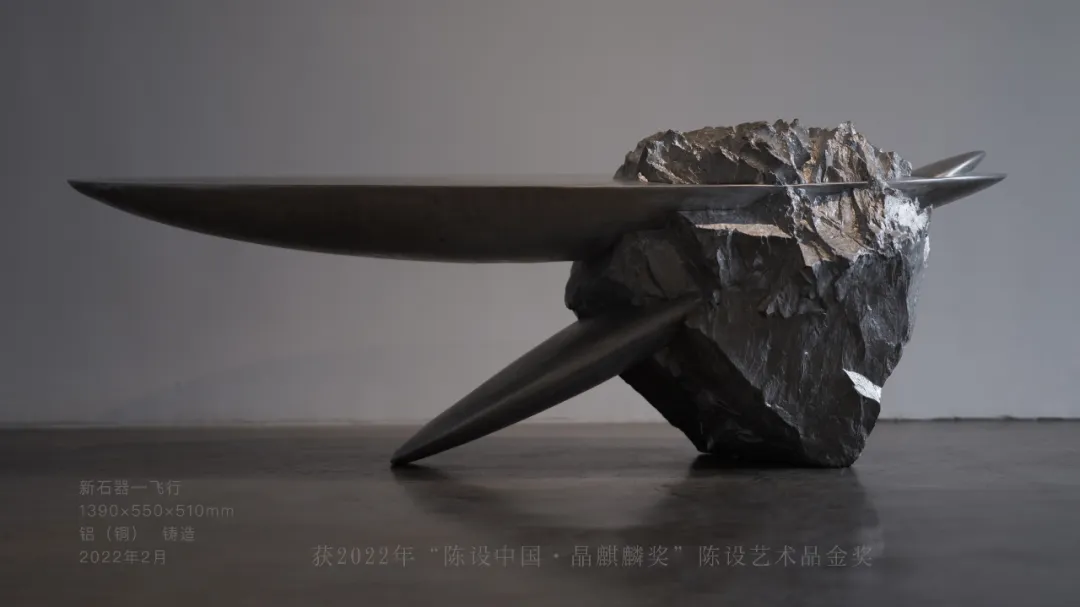
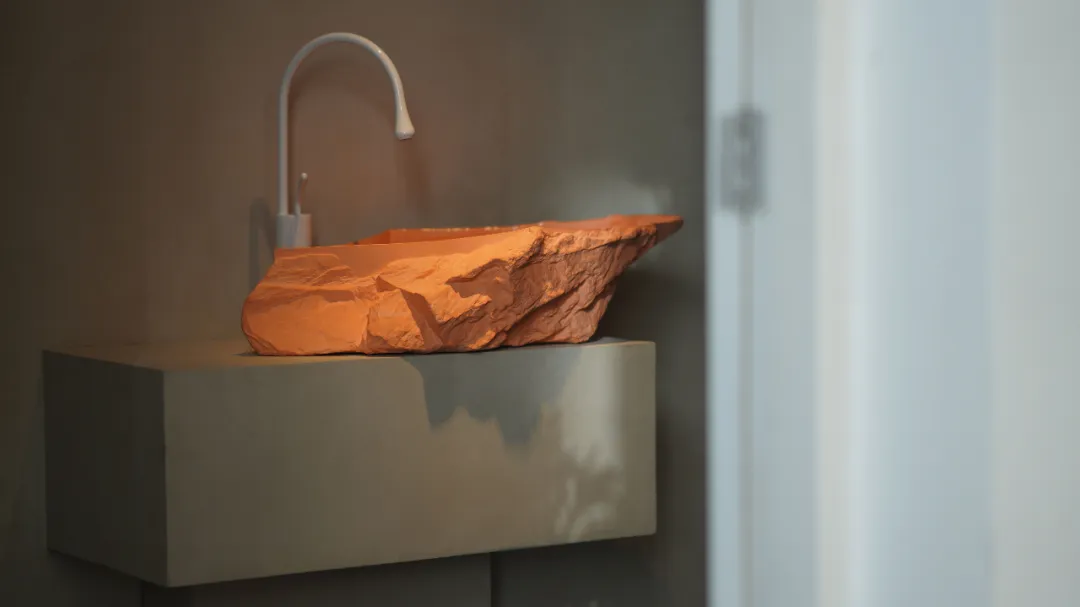
In 2019, Wu Haoyu established his personal brand of handmade ceramic objects, "Jian Qi Ru Chang". He believes that design should prioritize practicality and be grounded in daily life, seamlessly blending the artistry of ceramic objects with everyday use. This practice is a concrete extension of his teaching philosophy, forming a complete chain from education to brand creation.
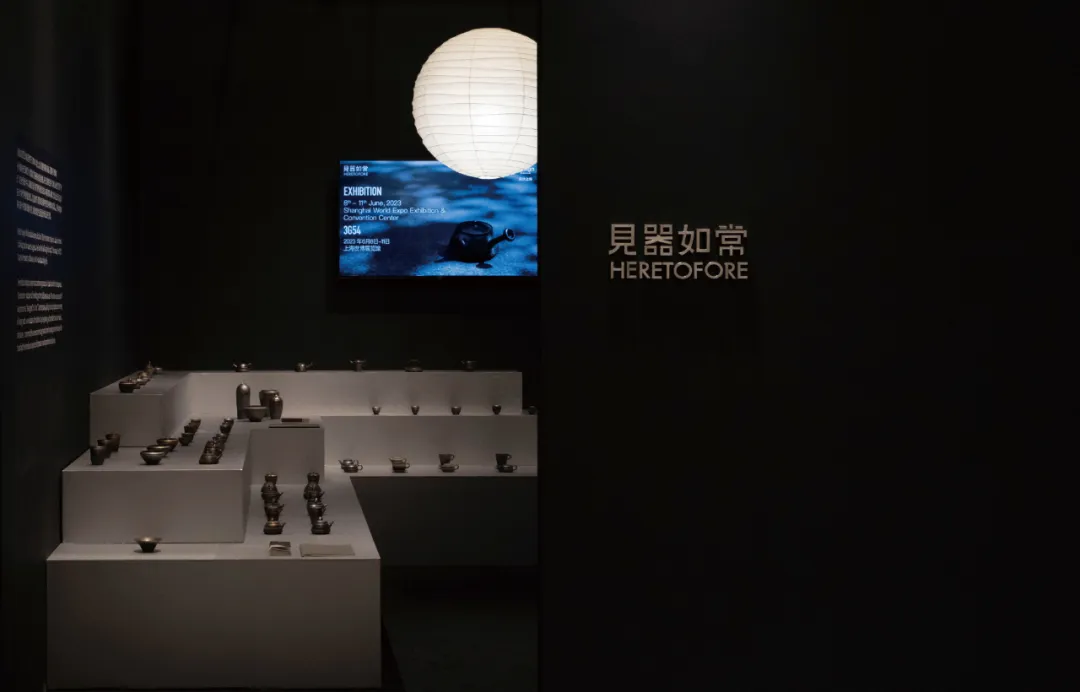
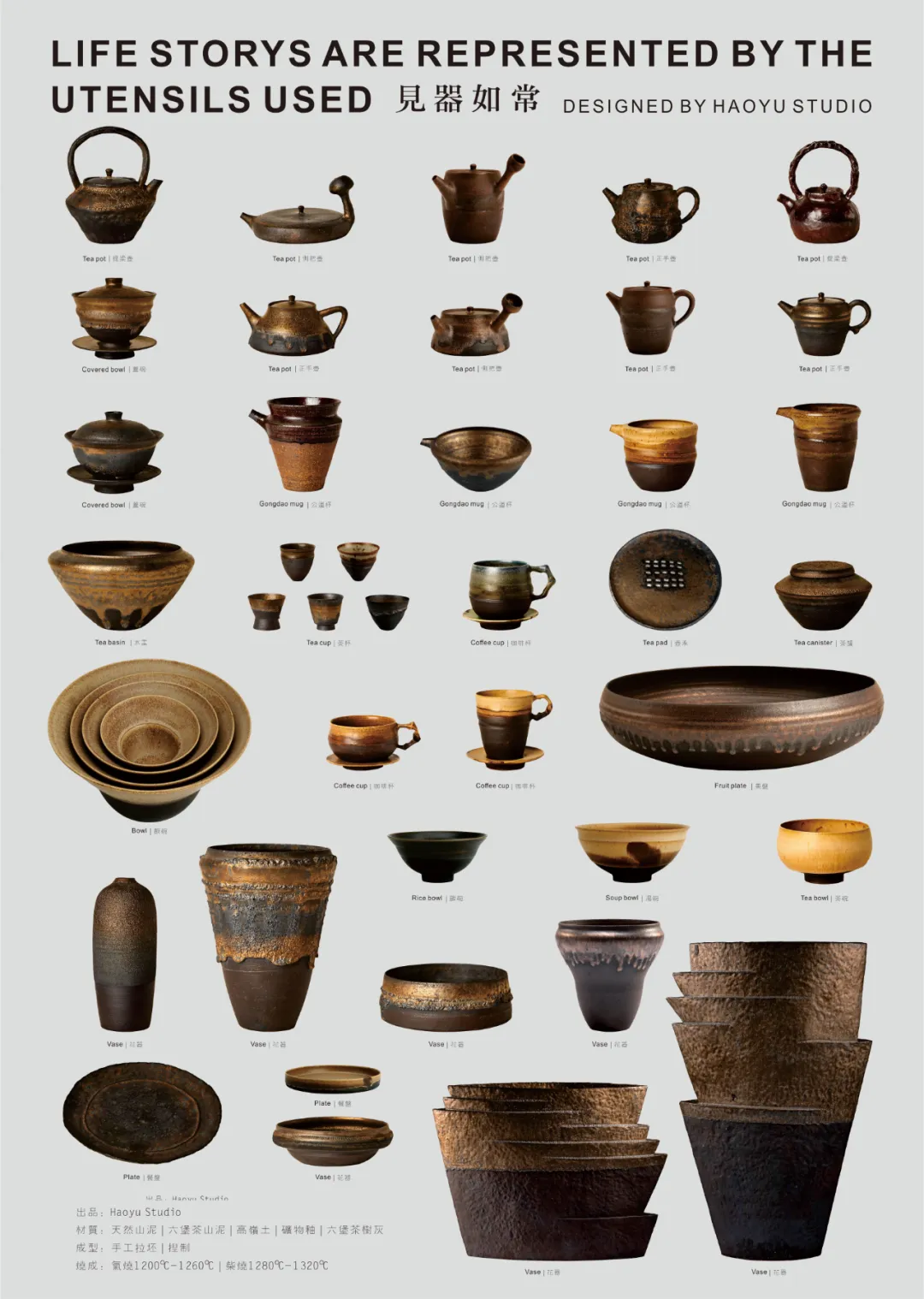
At the Academy of Arts & Design, Tsinghua University, Wu Haoyu is dedicated to integrating contemporary design concepts, Eastern aesthetics of creation, and modern handicrafts into the curriculum. His course content emphasizes the fusion of practicality and hands-unique on skills, utilizing teaching methods such as "Mountain Clay Exploration," "Idea-Driven Creation," and "Form Follows Function" to enable students to deeply appreciate the charm of ceramic art through practice. He emphasizes, "Only by combining teaching with practice can students truly grasp the core of creation and understand the significance behind design." This year, Wu's "New Stones" series was once again selected for the 13th International Ceramics Competition Mino, Japan, a prestigious event in the field. His work "New Stones 2018 (NO.3) " was chosen for the 14th National Exhibition of Fine Arts and received the Bronze Award at the 4th China Art Award. In recent years, Wu's works have frequently appeared on the international stage, including exhibitions at Art Basel Miami Beach in the USA, the London Design Festival in the UK, the Icheon International Ceramic Biennale in South Korea, and the Venice Biennale (parallel exhibition). Additionally, he won the Silver Award at the Blanc de Chine International Ceramic Art Award held in Nice, France, in 2019.
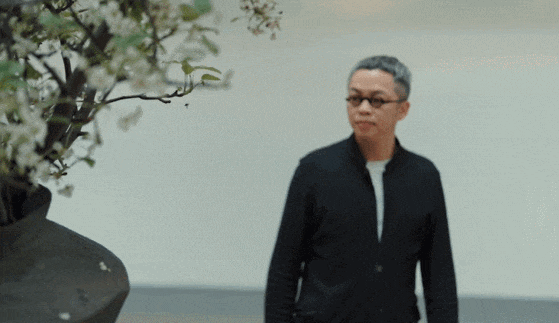
● Ceramics: A Symphony of Antiquity and Modernity
"Artistic creation is an exceedingly arduous journey, one that necessitates solitary navigation through treacherous paths." "The Department of Ceramic Art and Design may sound somewhat ancient, but to me, it serves as a bridge connecting the past with the future," Professor Wu Haoyu's words resonate with a profound love and pride for ceramic art. He firmly believes that this ancient art form can still radiate new vitality and vigor in modern society. Through his teaching, he aspires to impart an understanding and appreciation of the boundless possibilities of ceramic art, integrating this timeless medium into every facet of contemporary life.
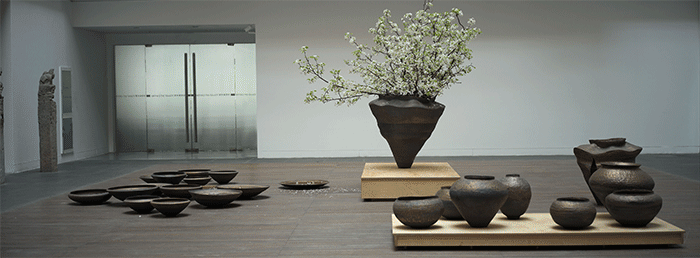
● "Break·Establish" Installation, Floral Art: Zhao Jun
Twenty-one years ago, Wu Haoyu graduated from the Guangxi Arts University with a major in Environmental Art Design. On the eve of his graduation, a serendipitous opportunity introduced him to ceramic art, allowing him to touch the earth's life force and primal fragrance embedded within the clay. This experience ignited a spark within him, awakening senses and connecting him to a whole new world. As he shaped the clay, the clay also shaped him, and he immediately recognized ceramic art as his lifelong passion and pursuit. His father's words echoed in his ears, "If you love it, pursue it boldly. If you can't make it as an artist, there's always a bowl of rice waiting for you at home." Thus began his more than two-decade-long exploration of ceramic art and design, traversing various regions to visit traditional wood-fired kilns, relentlessly journeying and learning. During his graduate studies, he often apprenticed under workers, delving into details and experimenting repeatedly to achieve the desired effects. "This journey honed my perseverance; such a mindset is essential in ceramics. Some are born geniuses, but I am clearly not one of them. The process was exceedingly challenging; I toiled away quietly, sometimes gritting my teeth to endure. It was my profound and enduring passion that sustained me to this day," Wu Haoyu reflects, "Artistic creation is an exceedingly arduous journey, one that necessitates solitary navigation through treacherous paths."
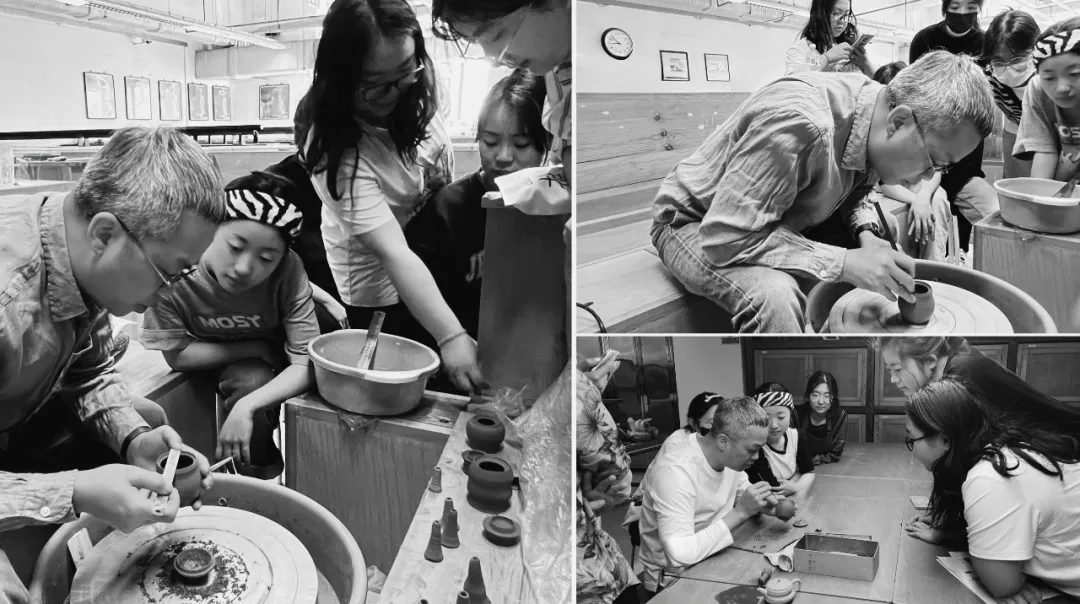
● The Dual Symphony of Creation and Design
"Endure solitude, converse with oneself, and dialogue with the artifact in hand."
For Wu Haoyu, the foundation for excelling in ceramics lies in an "unparalleled passion" for the craft, coupled with an inherent state of tranquility and an exceptional ability for self-discipline. "Only when one is in an exceptionally serene state can they express the unique artistic language of ceramics. It requires enduring solitude, enjoying isolation, conversing with oneself, and dialoguing with the artifact in hand. This resonates with the material properties of clay itself, which has a natural affinity with the human essence." Wu Haoyu aspires to maintain a lasting and harmonious resonance with ceramics.
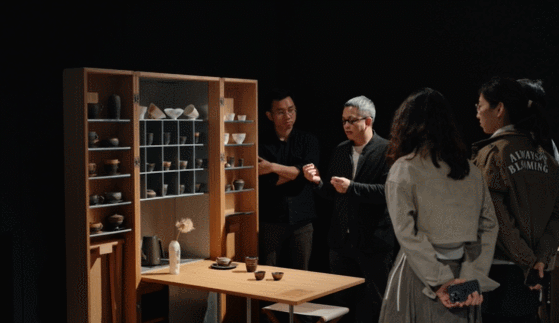
● Conversations with Oneself and the Artifact
Wu Haoyu emphasizes that passion is the driving force for learning, and only students truly passionate about ceramic art can venture further and deeper into this field. He also encourages students to maintain a calm demeanor when confronted with challenges and difficulties in the creative process, as this enables greater focus on the work itself rather than being distracted by external factors. He hopes his students will possess perseverance, relentlessly continuing forward even in the face of failure, understanding that only through experiencing setbacks and disappointments can they truly cherish the joy of success.
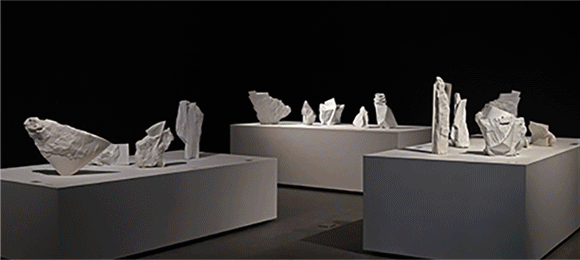
● Permanence and Serenity
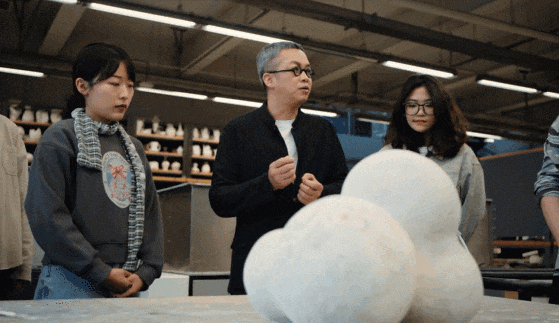
● Conceiving Form, Form Follows Function
"Like people, each object possesses its own distinct personality, closely intertwined with our present thoughts."
He believes that ceramics, though ancient, have consistently accompanied the evolution of human civilization, deeply embedded in our lives, and are remarkably youthful and vibrant. The field of ceramics is also particularly dynamic. "Those familiar with me know that beyond ceramic art creation, I also engage in expressions related to daily life, such as our handmade objects. When discussing ceramics in all aspects of life, it can be both youthful and steeped in rich cultural heritage."
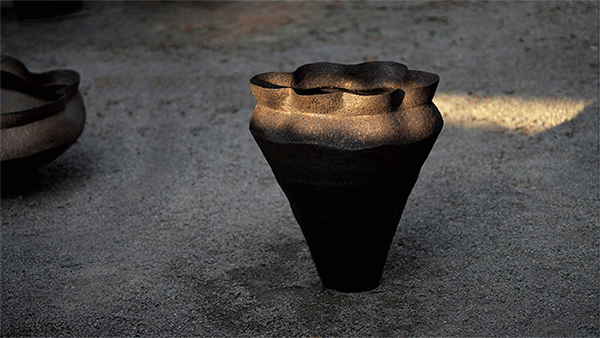
● Constantly Traversing, Continuously Encountering
When guiding students in their creations, he explores and shapes alongside them, entering a state of tranquility and immersion, allowing the clay in their hands to grow freely with their hearts and minds, molding functional forms inspired by fleeting thoughts. "Like people, each object has its own unique personality, intimately connected to our current thoughts. There are no references for the shapes; the forms evolve freely, as long as they are convenient and practical to use."
In Wu Haoyu's studio, there are two exhibition halls: one displays objects crafted for daily life, and upon passing through this hall, one enters a space showcasing Wu's recent ceramic art, sculptures, artistic furniture, and more. As he puts it, "The design of my studio's pathway represents a journey from the material to the spiritual realm." This aligns with his frequently mentioned concept of "traversing barriers." In all of Wu Haoyu's creations, "unity in diversity" is a holistic and dialectical creative philosophy he pursues. He believes that the integration of different materials, craftsmanship, and design thinking can form a cohesive concept. This philosophy embodies a dialectical process from thoughtful to thoughtless, from themed to unthemed, from tangible to intangible, ultimately achieving an independent aesthetic charm.

